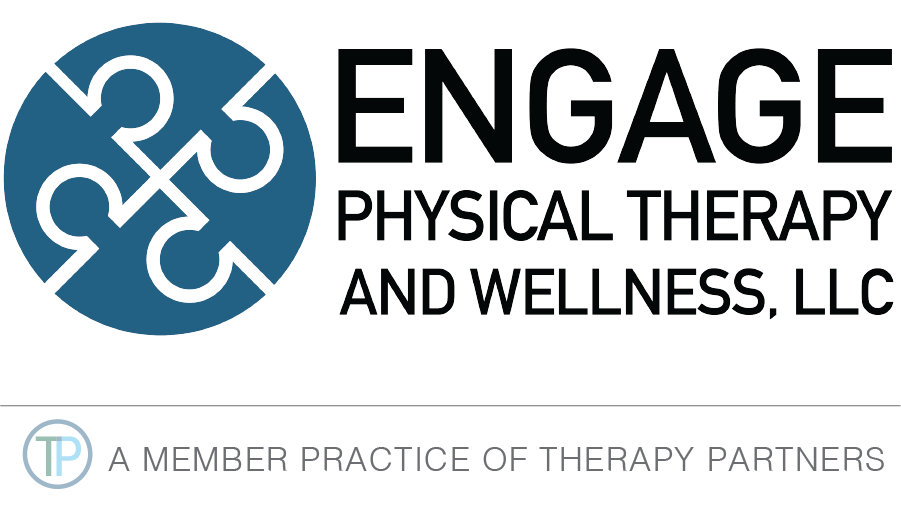Physical Therapy for the Win in Managing Tendon Pain and Symptoms
Many different types of tendons involved in tendon irritation or injury
Tendinopathy describes injury to a tendon that results in pain, weakness, sometimes inflammation, stiffness and a reduction in function and exercise tolerance. The most common overuse tendinopathies involve the rotator cuff, the inside or outside of the elbow (extensor and flexor tendons), the hip ( gluteal tendon), the knee ( patellar tendon) and the ankle ( plantar fascia and tibialis posterior and achilles tendon). While overuse is a common mechanism of injury, interestingly tendons can undergo similiar changes/injury in association with the use of antibiotics known as fluoroquinolones, excessive corticosteroid use, metabolic diseases associated with lifestyle factors, and genetics.
Lower limb tendinopathies exceed the incidence of arthritis. Tendinopathies occur most commonly between the ages of 18-65. The prevalence increases with increasing age and is more common in women than men.
In non-athletic populations, risk factors include obesity, high cholesterol, diabetes, age, family history, weakness and limited or excessive joint mobility. These can all influence the ability to recover.
In sports, as well as everyday life activities, risk factors include overuse of a repetitive activity, a sudden increase in activity, a new unfamiliar activity, lack of adequate recovery, and certain medications (antibiotics in the fluroquinolone family and statins.)
Individuals working in certain occupations that involve heavy and/or repetitive activity, are at greater risk for developing tendinopathies. Genetic factors play an important role between repair and degeneration. Genetic variants have been reported to be associated with a risk for achilles tendinopathy.
Tendinopathy occurs when collagen break down exceeds collagen build up. Tendinopathy can begin as a pre-clinical disease where no symptoms are present but changes are occuring to the tendon cells. We do not know for sure what tips the scale into a painful worsening state for some and not others.
Tendinopathies present with soreness and stiffness in the mornings and after sitting or being still for periods of time. There is often tenderness to pressing on the tendons and certain pain provoking tests can confirm the diagnoses as well. Images are not usually necessary unless we are trying to differentiate another cause of the pain, in which case an ultrasound or MRI may be useful. Pre clinical symptoms can include stiffness or change in performance, and early detection is important for activity modification, especially in sport.
Recovery can take 6-12 months. Some preventive programs have appeared to be successful in reducing the incidence of tendinopathy in sport, and with certain occupations, but this still needs to be individualized.
Currently, exercise regimens, referred to as tendon loading programs, remain the most effective conservative approach in the treatment of tendinopathy. There is limited evidence that one type of program is superior to another and therefore again needs to be individualized.
Adjunct treatments to exercise include the use of corticosteroid injections (CSI) which is controversial and being used less. CSI may be associated with poor healing and the use of these injections is not recommended prior to rotator cuff repair surgery, as it increases the risk of re-tearing. In tennis elbow and achilles tendinopathy, there was no difference in those patients that did and did not receive injection.
Other treatments that have inconclusive results are PRP injections, low level lasar therapy ( some effectiveness for achilles and rotator cuff), shock wave therapy ( some effectiveness in achilles and patellar tendons). Topical use of glyceryl trinitrate is safe and shows some promise within 6 months of diagnoses. All of these treatment require further investigation. Still on the horizon is more investigation into pharmacological treatments and regenerative medicine.
Given the additional benefits of exercise, this would be my choice for a first line of defense. Let Engage Physical Therapy and Wellness help you navigate this issue.
Resource:
Illar, N.L., Silbernagel, K.G., Thorborg, K. et al. Author Correction: Tendinopathy. Nat Rev Dis Primers 7, 10 (2021).

